Care of foxglove
redsox_gw
11 years ago
Related Stories
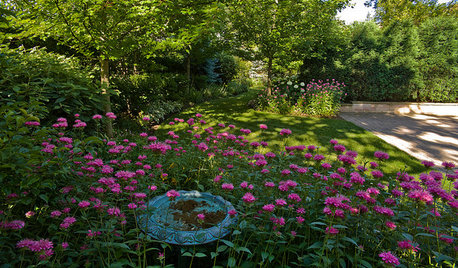
LANDSCAPE DESIGNExuberant Self-Seeders for Gorgeous, Easy-Care Gardens
Keep weeds down, color high and maintenance low with beautful plants that sow themselves
Full Story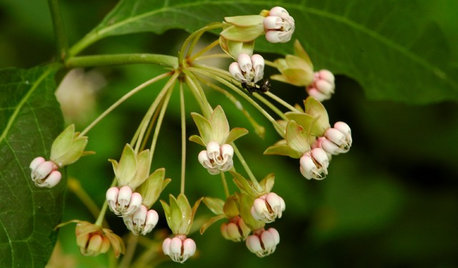
GARDENING GUIDES5 Unsung Wildflowers That Thrive in Dry Shade
Turn shady problem spots into garden idylls with with these prolific, easy-care bloomers
Full Story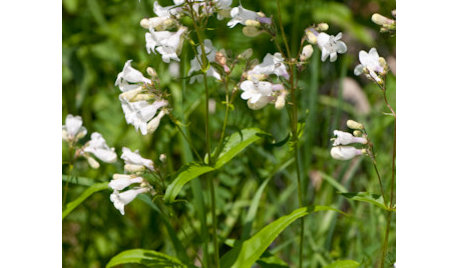
GARDENING GUIDESGreat Design Plant: Try Penstemon Digitalis for Showy White Blooms
Bees gather nectar from this North American native while you’ll appreciate its unthirsty nature and soil tolerance
Full Story
LANDSCAPE DESIGNHow to Create a Cottage-Style Garden
If you like an abundance of plants — and visits from birds, bees and butterflies — this may be the style of yard for you
Full Story
KIDS’ SPACES15 Ideas for a Children’s Discovery Garden
Pique curiosity and encourage creativity by adding play features that appeal to kids’ imagination and senses
Full Story
GARDENING GUIDESHouzz Call: What’s Your Favorite Backyard Beauty?
The simple, honest daisy is this writer’s go-to garden flower. We want to hear which plant, flowering or otherwise, gives you special joy
Full Story
MOST POPULARCreative Ideas for Small Front Yards
A little imagination goes a long way in a petite landscape
Full Story
GARDENING GUIDES9 Self-Seeders Capture Chelsea Flower Show Magic
Give your garden show-worthy style with these plants beloved by top designers
Full Story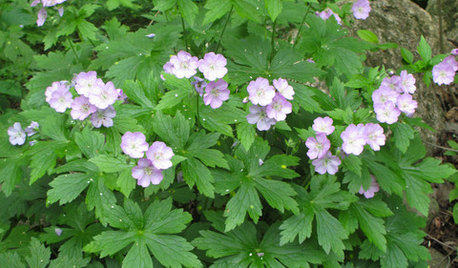
NATIVE PLANTS10 Essential Native Perennials for the Great Lakes and Upper Midwest
These adaptable native plants thrive in a variety of conditions and will provide flowers throughout the season
Full Story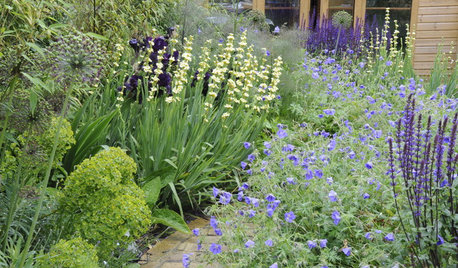
PLANTING IDEAS5 Ways to Use Pastel Plantings in Contemporary Gardens
Learn how pink, lilac, lavender, cream and peach can bring a soft beauty to your landscape
Full Story








User
kamala
Related Professionals
Holly Springs Landscape Architects & Landscape Designers · New Bedford Landscape Architects & Landscape Designers · Eden Prairie Landscape Architects & Landscape Designers · Mitchellville Landscape Architects & Landscape Designers · Towson Landscape Architects & Landscape Designers · Maple Heights Landscape Architects & Landscape Designers · Pelham Landscape Contractors · Tempe Landscape Contractors · Addison Landscape Contractors · Aloha Landscape Contractors · Cerritos Landscape Contractors · Cupertino Landscape Contractors · Davis Landscape Contractors · Quincy Landscape Contractors · Wells Landscape ContractorsUser